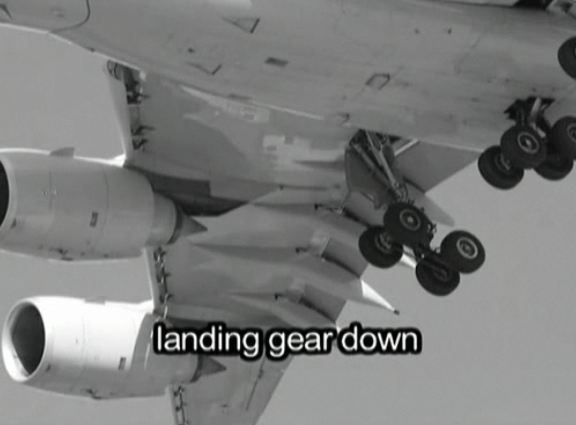In my last post, I explained that it’s possible to build links inside the mind that will provide automatic calming when flying. To do that, you need to find the memory of a moment linked to a key individual in your life – family member, friend, whoever it might be – when you sensed that person was safe not just physically, but emotionally. You will need to recall a moment when he or she was not critical, was not competitive, and was not being judgmental in any way. When you recall such a moment, bring it to mind. As the memory becomes more vivid, you may feel your guard being let down. Neurological researcher Stephen Porges has found that if the signals being sent between you and another person are just right, your heart will slow down, even if stress hormones are present. Your parasympathetic nervous system – the system that calms you throughout your mind and body – becomes active.
This is the calming a young child needs from its primary caregiver. This is the calming that needs to be linked to the challenges faced by a child. If the links are established well enough, when the child becomes an adult, he or she regulates arousal and emotion unconsciously and automatically. If such links were not well enough established to give you automatic unconscious regulation, our task now is to establish some links to make up for what is missing.
So venture through your experiences. Find a moment with that key person when his or her signals caused you to let your guard down. Remember the face, voice, and body language. Next, pretend the person is holding a photograph by his or her face. The photograph is black-and-white; no color. It is small, just a snapshot. Let’s say it’s a photo of a plane about to touch the runway (above). As you recall that person, his or her face, voice and body language are being linked to the plane landing. Imagine the person puts that photo down, then picks up another photo and holds it by the face; this is a photo of the plane gliding from cruise altitude effortlessly (the plane doesn’t even need the engines at this point) down toward the airport. The plane gliding is linked to your friend’s presence and thus to his or her calming influence. The next photo is the plane cruising. And so on, back to the beginning of the flight. Why start at the end? It works better to start at the end of the flight where relief is at hand, and work back to the more difficult parts of the flight.
Photos to use in this linking exercise can be found at FearOfFlying.com/photos.
We’ll look at some additional details in the next post.
Tom Bunn, L.C.S.W., is a retired airline captain and licensed therapist who has specialised in the treatment of fear of flying for over thirty years. He is the author the bestselling book on flight phobia, SOAR: The Breakthrough Treatment for Fear of Flying. His company, SOAR, Inc., founded in 1982, has helped more than 7,000 clients control fear, panic, and claustrophobia.


